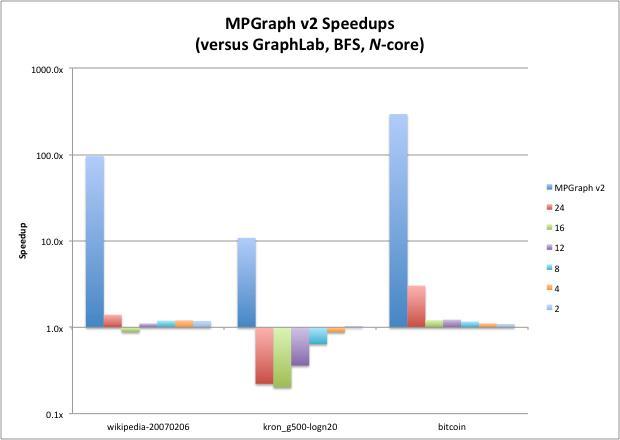CUDA 6, Available as Free Download, Makes Parallel Programming Easier, Faster by George Millington.
From the post:
We’re always striving to make parallel programming better, faster and easier for developers creating next-gen scientific, engineering, enterprise and other applications.
With the latest release of the CUDA parallel programming model, we’ve made improvements in all these areas.
Available now to all developers on the CUDA website, the CUDA 6 Release Candidate is packed with several new features that are sure to please developers.
A few highlights:
- Unified Memory – This major new feature lets CUDA applications access CPU and GPU memory without the need to manually copy data from one to the other. This is a major time saver that simplifies the programming process, and makes it easier for programmers to add GPU acceleration in a wider range of applications.
- Drop-in Libraries – Want to instantly accelerate your application by up to 8X? The new drop-in libraries can automatically accelerate your BLAS and FFTW calculations by simply replacing the existing CPU-only BLAS or FFTW library with the new, GPU-accelerated equivalent.
- Multi-GPU Scaling – Re-designed BLAS and FFT GPU libraries automatically scale performance across up to eight GPUs in a single node. This provides over nine teraflops of double-precision performance per node, supporting larger workloads than ever before (up to 512GB).
And there’s more.
In addition to the new features, the CUDA 6 platform offers a full suite of programming tools, GPU-accelerated math libraries, documentation and programming guides.
To keep informed about the latest CUDA developments, and to access a range parallel programing tools and resources, we encourage you to sign up for the free CUDA/GPU Computing Registered Developer Program at the NVIDIA Developer Zone website.
The only sad note is that processing power continues to out-distance the ability to document and manipulate the semantics of data.
Not unlike having a car that can cross the North American continent in a hour but not having a map of locations between the coasts.
You arrive quickly, but is it where you wanted to go?
